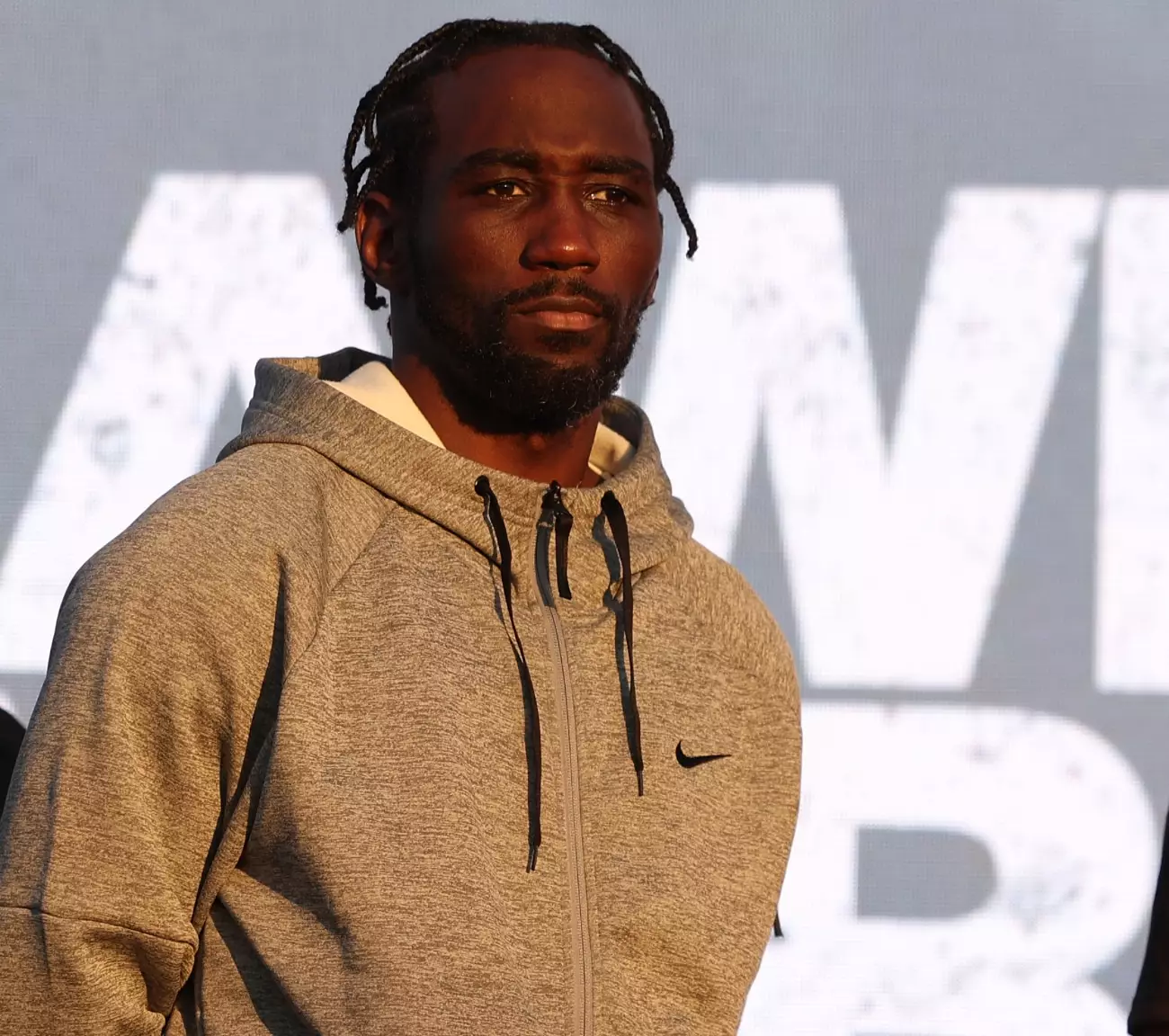The realm of professional boxing is often defined by its intricate dynamics between fighters, promoters, and contracts. The potential bout between Terence Crawford and Canelo Alvarez epitomizes this complexity, particularly with regards to contractual stipulations like rehydration clauses. Such provisions can significantly influence a fighter’s performance, leading to intense discussions about fairness and competitive advantages.
As one of the premier boxers in his weight class, Terence Crawford’s opportunity to challenge Canelo Alvarez—a well-established superstar—reflects not only his skill but also the broader implications of popularity in boxing. Brian ‘BoMac’ McIntyre, Crawford’s trainer, recently made it clear that advocating for a rehydration clause would be a futile endeavor. The stark reality is that Crawford lacks the market clout necessary to impose conditions on a fighter of Alvarez’s caliber. In boxing, negotiation power is often dictated by a fighter’s draw capability, and Crawford seems to be outmatched in this aspect.
Proponents of rehydration clauses argue that they serve to level the playing field, preventing larger fighters who cut significant weight from regaining it fully before the fight. However, Alvarez’s natural weight class makes this point somewhat moot. He does not inflate his weight excessively beyond the super middleweight limit, thereby undermining the rationale behind requiring such a clause. For Crawford, pushing for such stipulations could jeopardize not just the Canelo bout but also his future opportunities. It’s not merely about fairness; it’s about securing a financially lucrative fight that could define his legacy.
Fascinatingly, this potential fight is not only determined by the fighters. External figures, like Turki Al-Sheikh, have a vested interest in making this bout happen, highlighting the convoluted nature of boxing promotions. Al-Sheikh’s influence could potentially tilt negotiations in favor of Crawford, but conventional wisdom suggests that he would be wise to approach this opportunity cautiously. Without a proper buildup or a prior bout at 168 pounds to adjust to the weight, Crawford literally risks entering the ring unprepared, which may diminish his already slim chances against a seasoned opponent like Alvarez.
The discussion surrounding the potential rehydration clause in the Crawford vs. Alvarez fight encapsulates a broader narrative about the challenges and intricacies of boxing negotiations. Crawford, as formidable a fighter as he is, finds himself in a tough spot where leverage and marketability dictate the terms. Ultimately, while every fighter aspires to compete on equal footing, the reality is that the money, reputation, and legacy at stake often complicate these desires. As fans await the outcome of these negotiations, one thing is clear: the world of boxing is as much about strategic maneuvering outside the ring as it is about skill within it.


Leave a Reply